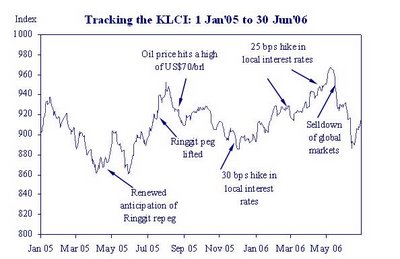 EPF
EPF
This allows you to invest part of your EPF Savings into our full range of unit trust funds. By investing some of your EPF Savings in a unit trust fund, you have the opportunity to achieve potentially higher returns on your savings over the long-term.
(a) How does it work?- You must be below 55 years of age.
You are only allowed to withdraw and invest 20% (at any one time) of the amount in excess of RM50,000 from your EPF Account 1, subject to a minimum investment of RM1,000. This means you must have at least RM55,000 saved in your EPF Account 1.
Investments to a unit trust fund from your EPF Account 1 can only be made once every 3 months.
Any income distributions paid by the unit trust fund will be considered as EPF savings and must be reinvested into additional units of the fund.
You are redeeming your units in the unit trust fund, your redemption proceeds will be returned to your EPF Account 1.
Example:
Total Savings in Account 1
RM130,000
Required Balance in Account 1
RM50,000
Excess Amount
RM80,000
Investable Amount (20% x RM80,000)
RM16,000
Subsequent withdrawals can be made after 3 months from the last approved withdrawal.
(b) What do I do next?
Forward the following:
completed application form;
photocopy of your identity card or passport duly thumb-printed; and
completed KWSP 9F (AHL) (obtained from the EPF or from any of our offices) duly thumb-printed.
SAVINGS PLAN
Our Savings Plan allows you to invest smaller amounts on a regular basis. Though it may seem small at first, each month's contribution can develop into something quite substantial over time.
Our Savings Plan helps you to invest a fixed sum of money every month. This saves you the hassle of timing your investment. With a constant investment amount, you will buy more units when prices are low and fewer units when prices are high. This can work out to your advantage and is known as the Dollar Cost Averaging concept.
LUMP SUM
Under this option, you may invest at any time by cash in a lump sum, subject to the respective Funds' minimum initial investment and additional investment. You may invest a small lump sum, leave it to accumulate and assign amounts whenever you are able to invest.

















